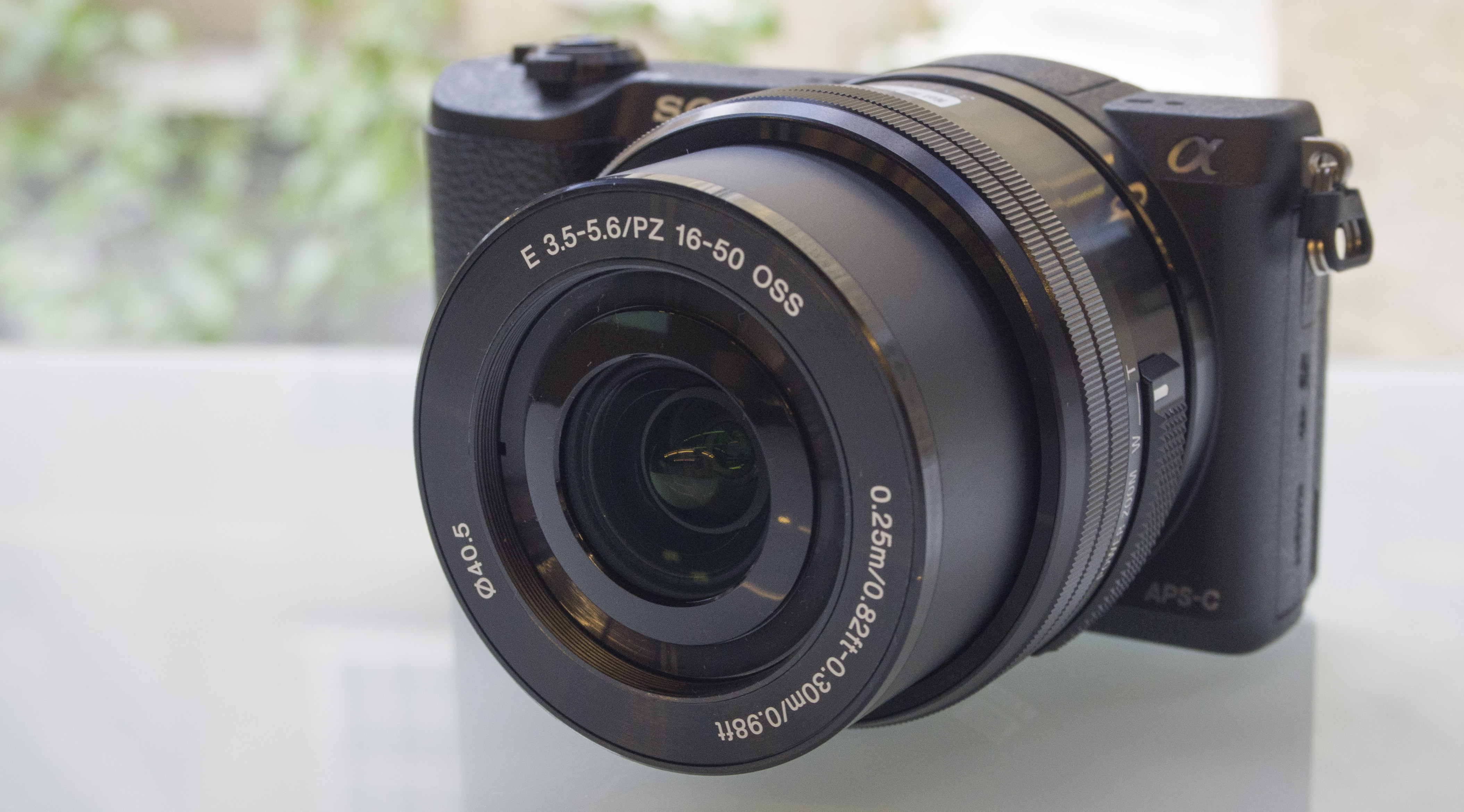TechRadar Verdict
A well-performing camera that has just a few small let-downs. A good range of features for the beginner photographer.
Pros
- +
Built-in Wi-Fi
- +
Tilting, touch-sensitive screen
- +
Nice range of digital filters
Cons
- -
No viewfinder
- -
Limited touchscreen controls
- -
Can feel slightly unbalanced
Why you can trust TechRadar
Sony is slowly replacing many of the cameras that used to be branded with the NEX moniker, and the A5100 is the replacement for the NEX-5T. Although the camera is the same shape as its predecessor, Sony has fitted it with the same excellent 24.3 million pixel sensor and Bionz X processor as found in the A6000.
Another key change is the increase in the number of autofocus points to 179 for phase detection and 25 for contrast detection. The NEX-5T also had a hybrid AF system, but it only had 99 phase detection points in addition to its 25 contrast detect areas.
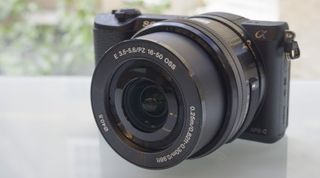
This gives the new camera far greater coverage and only the outer edges of the imaging frame are not covered. Focusing speeds are quoted as 0.07 seconds, making it just slightly slower than the A6000 and Fuji X-T1, which (with their 0.06 second AF speeds) claim to be the fastest focusing APS-C cameras on the market.
The sensor is APS-C sized, but features the same gapless on-chip lens structure as the full-frame A7R. This should make it better for capturing more light and therefore good in low-light shooting conditions.
In addition to single AF and continuous AF, the A5100 has an Auto AF mode in which it decides whether to use single or continuous AF, depending on whether it detects the subject to be moving. It's capable of shooting at up to 6fps.
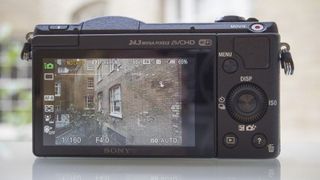
This hybrid AF system also operates in Movie mode and footage may be saved in AVCHD, XAVC S or MP4 format, or in XAVC S and MP4 – simultaneously. This provides the easy sharing capability of MP4 with the high data content of XAVX S.
In addition to Focus Peaking to indicate areas of highest contrast (focus), there is a Zebra display to show areas approaching burn-out, and markers with grid lines and the centre point can be shown on screen to make framing easier.
Like the NEX-5T, the A5100 has a 3-inch 921,000-dot LCD screen that is touch-sensitive and can be flipped up through 180 degrees for taking selfies. Touch-control is again fairly limited, however, as it can only be used for setting the AF point or tripping the shutter.
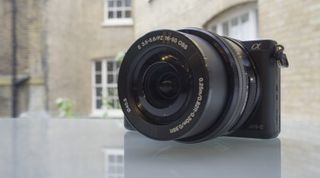
Thanks to the new processing engine, sensitivity range also stays the same at ISO 100-25,600, despite the increase in pixel count.
While the NEX-5T had a hot-shoe with an accessory connection but no pop-up flash, the A5100 has a pop-up flash (Guide Number 6 @ISO 100) but no hot-shoe.
Like the NEX-5T, the Alpha 5100 has Wi-Fi and NFC connectivity, and is compatible with PlayMemories apps to expand its featureset. These can be downloaded from the PlayMemories store directly from within the camera.
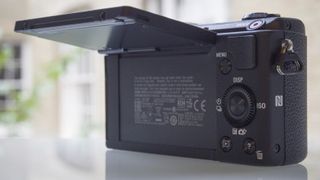
With the appropriate app in place, images can be directly uploaded to Facebook and the like. There's also the possibility to remotely control the camera from your phone or tablet, as well as sending images across to a device for sharing online.
As standard, the A5100 comes bundled with a 16-50mm f/3.5-5.6 power zoom lens - this means that you can zoom it from a switch on the camera body itself. There's a decent range of E-mount lenses now available for Sony's cameras, both directly from the manufacturer itself or through third-party manufacturers such as Sigma. Sony has also teamed up with Zeiss to produce a few extra high quality lenses for the E-mount.
The Alpha 5100 sits at the beginner end of Sony's range of interchangeable lens cameras, so its likely competitors are Panasonic GF6, Olympus Pen Mini, Samsung NX3000 and Fuji X-M1.
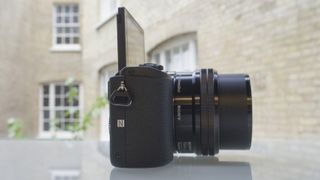
Amy has been writing about cameras, photography and associated tech since 2009. Amy was once part of the photography testing team for Future Publishing working across TechRadar, Digital Camera, PhotoPlus, N Photo and Photography Week. For her photography, she has won awards and has been exhibited. She often partakes in unusual projects - including one intense year where she used a different camera every single day. Amy is currently the Features Editor at Amateur Photographer magazine, and in her increasingly little spare time works across a number of high-profile publications including Wired, Stuff, Digital Camera World, Expert Reviews, and just a little off-tangent, PetsRadar.

Arcane season 2's final trailer teases shimmer-powered Noxians, the return of two dead characters, Jinx's redemption arc, and a Piltover-based battle for the ages
Google TV is asking users if its volume of ads is 'acceptable' – at least someone's checking at last

DHS lays out its ground rules for businesses using AI
